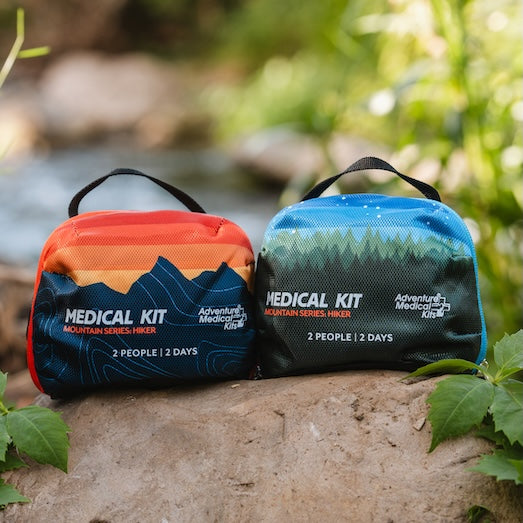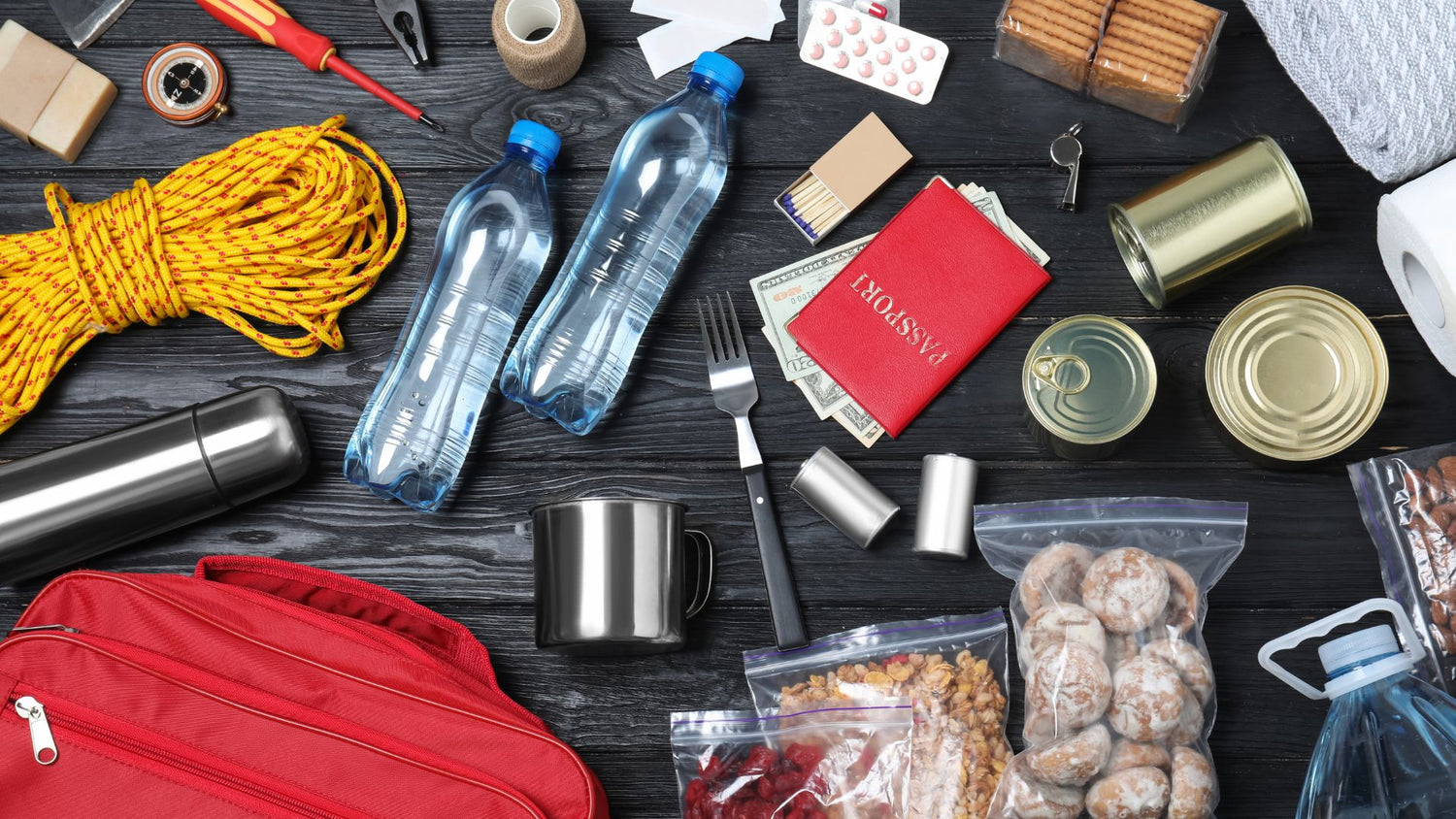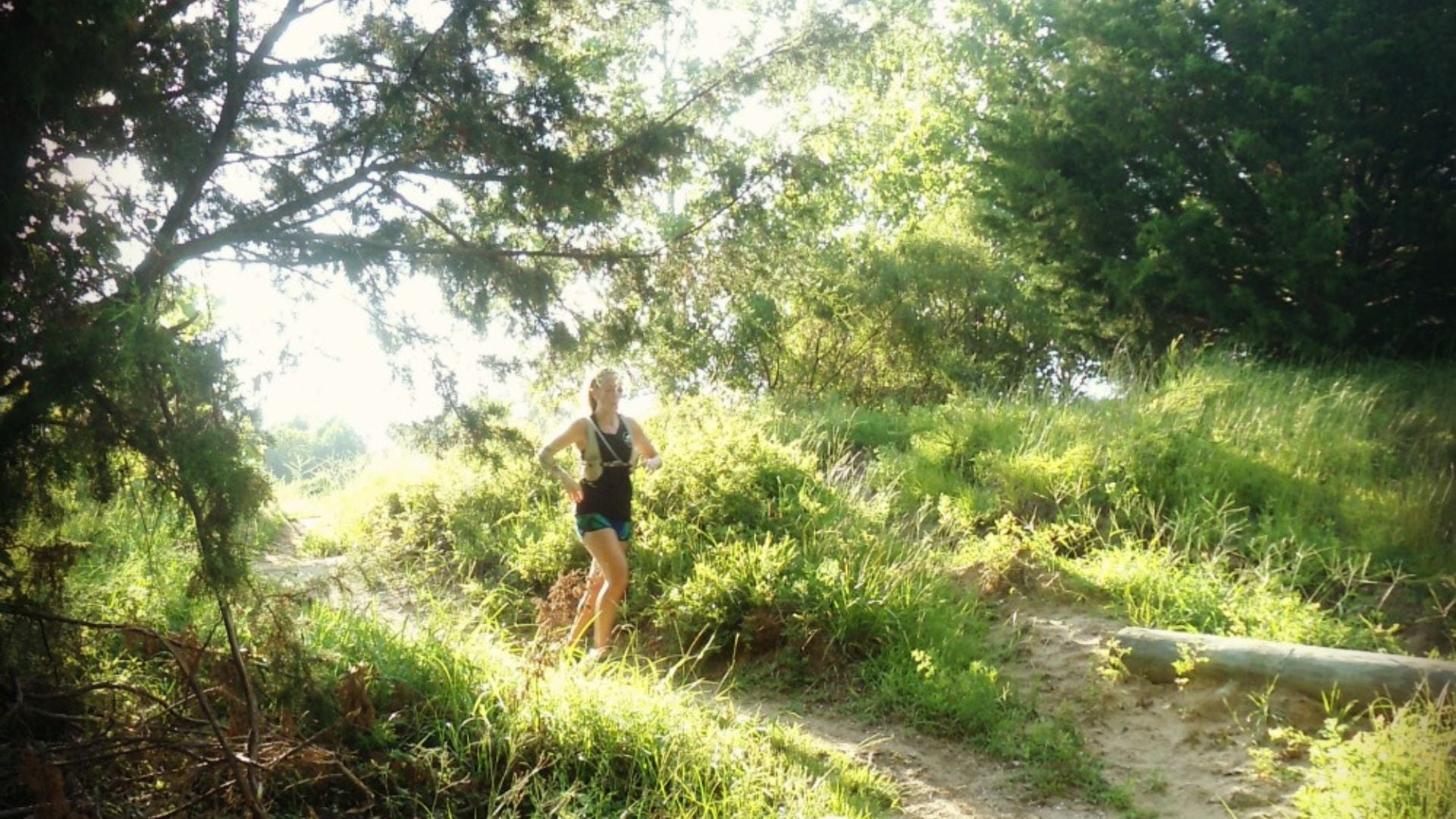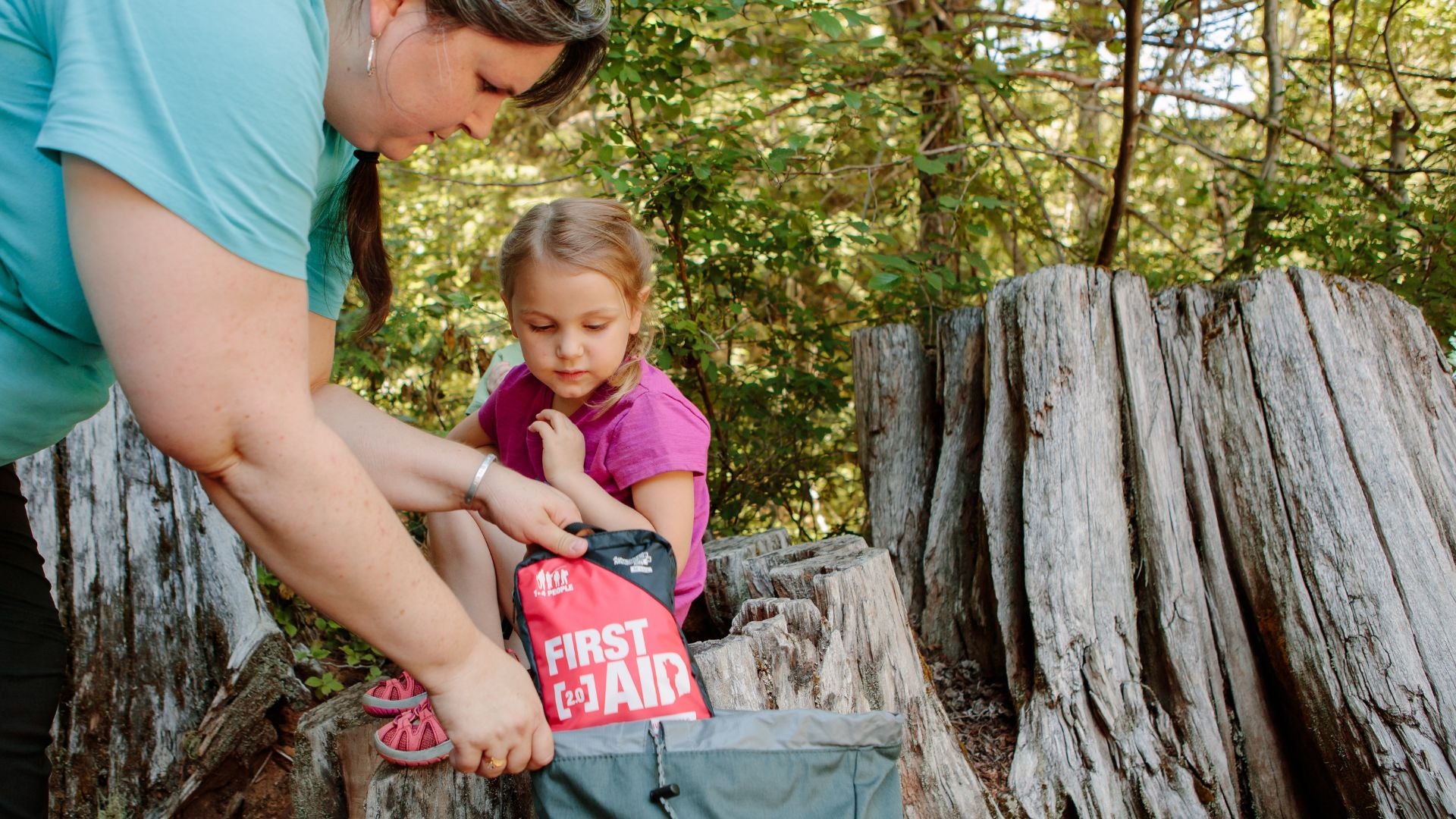When I was a boy, I watched Mount St. Helens explode from the front yard of the family home. It was both thrilling and terrifying. The Toutle River overflowed Interstate 5, and school was canceled due to ash fallout. Hurricane Katrina, the Spring floods that devastated Northeastern states, and now Hurricane Earl – which at the time of this post was threatening to hammer much of the Eastern Seaboard – prove that natural disasters can hit close to home. So, everyone should prepare a 72-hour emergency kit for Mother Nature’s worst.
Essentials
Ideally you need two kits: a large plastic bin for home and a small portable kit for your car. A good disaster kit has 5 components: water, food, first aid kit, extra clothing and bedding, and survival gear.
Water, Hydration, & Food
You’ll need a gallon of water per person per day, and a method of purification, in case you refill from a tainted municipal source. The simplest, easiest water storage is gallon jugs of commercially bottled water. I keep a supply of chlorine dioxide purification tablets, which I find lighter and more compact than a filter or ultraviolet light pen. Non-perishable food should be no-cook, ready-to-eat canned or dry goods with a good source of protein and carbohydrates. Simple, heat-and-eat meals are great, but you’ll need to add a small camp stove and fuel to your kit.
First Aid
For first aid supplies, I like the Comprehensive Kit because it has enough components for multiple people for many days, with room for extra medications and tools.

Select a kit with enough supplies to cover all the members in your household for a minimum of three days.
Clothing, Bedding, & Shelter
Have a spare sleeping bag, or a lightweight bivvy which is always a mainstay in my SAR pack, car kit, and household bin. Toss in an old raincoat, fleece sweater, a hat, and gloves for everyone in your household.
Survival
Survival supplies are of paramount importance. Start with a personal survival kit that includes a whistle, fire starter, signal mirror, cord, wire, compass and other essentials. Include a headlamp with extra batteries, a pocket tool like a Leatherman Juice, hand sanitizer and body wipes for personal hygiene, insect repellent, sunscreen of SPF 25, and a battery operated AM/FM radio.
Other Considerations – Personal Necessities
Don’t forget personal items like spare prescription glasses; extra prescription medicine; baby formula and diapers, if required; hygiene sundries; family documents, like photo ID and passports stowed in a waterproof travel case; and access to cash and credit cards. Make a list of emergency contacts and emergency utility shutoff valves in your house.
Last But Not Least …
Toss in instructions! Even the most skilled benefit from reminders, such as Dr. Weiss’ excellent Comprehensive Guide to Wilderness & Travel Medicine 3rd Edition, which includes life-saving tips on how to improvise treatments when you don’t have ready access to professional medical care – a common occurrence following a major disaster.
Storing the whole shebang is pretty simple. For your home kit, get a large waterproof plastic bin like a Rubbermaid Action Packer. Make sure everyone in your household knows the location. Rotate the food and water out every 6 to 12 months as expiration dates recommend. Add an empty backpack to the bin so you can grab gear in a jiffy. For your car, stash the gear in a soft kit in the trunk or under a seat. In your car, you should always carry repair tools too, including: a jack, spare tire, jumper cables, extra oil, a flat repair kit, basic tools, a tow strap, duct tape, and a small folding saw.

Let’s hope the natural world will calm down for a while. But when the seas heave, the winds blow, and the earth rattles, access to a complete disaster kit will make life easier and safer.
